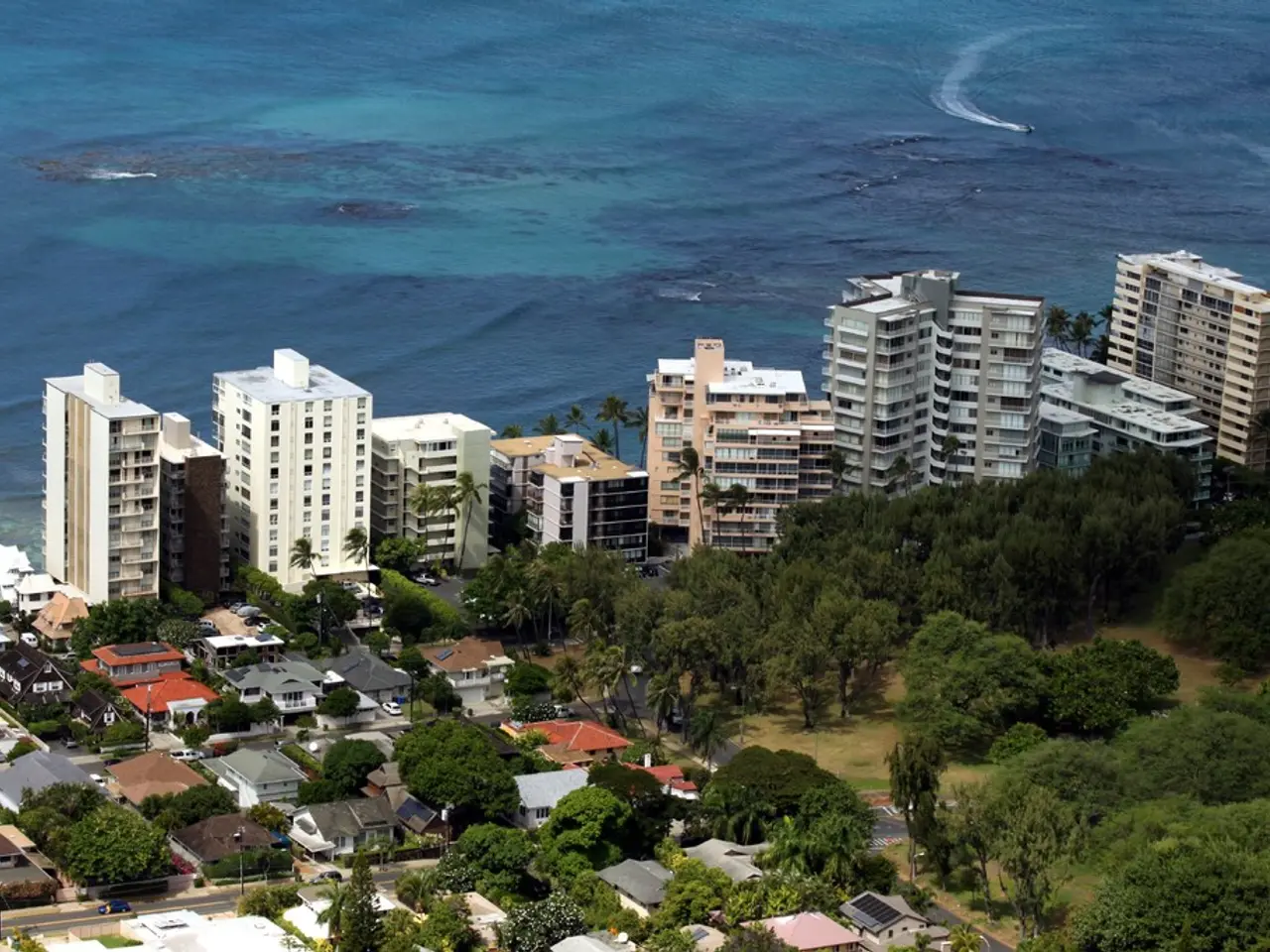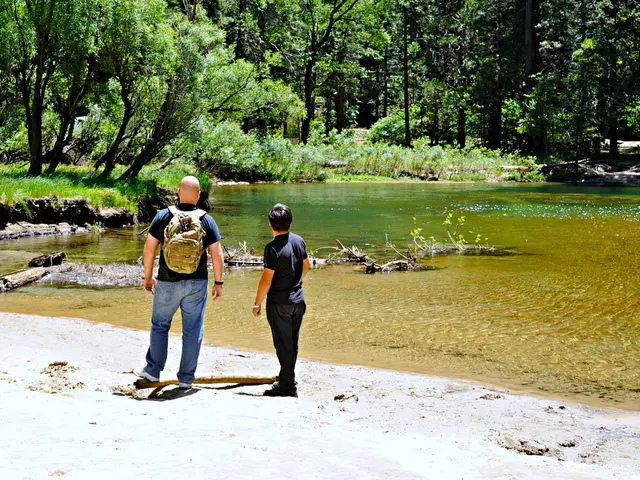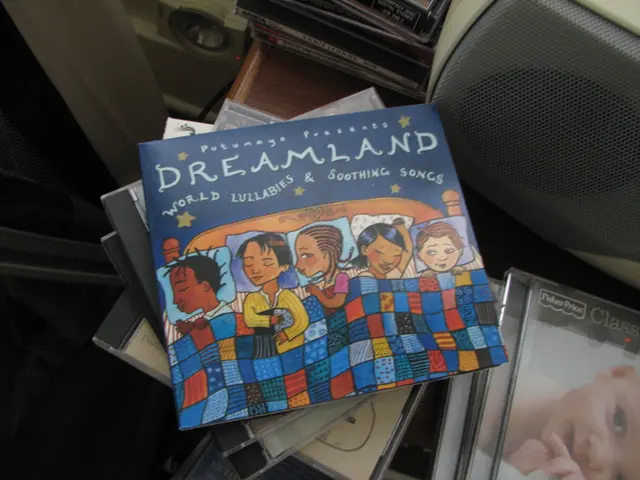Capital Markets Stir: The Arrival of Blue Bonds
A growing number of countries and organizations are embracing blue bonds as an innovative method of financing projects that offer economic, social, and environmental benefits. This article explores the key steps involved in issuing a blue bond and the types of projects suitable for such financing.
Sources for this article include T. Rowe Price, ICMA, UN Global Compact, World Economic Forum, International Finance Corporation, and the contributions of Senior Apprentice, Sienna Feshias.
Issuing a Blue Bond
The process of issuing a blue bond involves several key steps. First, a Blue Bond Framework is established, defining the bond's objectives, eligibility criteria for projects, and sustainability commitments. This framework is typically aligned with international standards such as the ICMA Green and Social Bond Principles, ASEAN Sustainability Standards, and IFC Blue Finance Guidelines.
Next, eligible projects are selected, focusing on ocean and water sustainability. These projects may include ocean conservation efforts, sustainable fisheries, climate-resilient coastal infrastructure, water services and sanitation, and other marine and coastal ecosystem enhancements.
Following project selection, underwriters and advisors are engaged to structure the bond, conduct due diligence, and prepare documentation for issuance and regulatory approval. The bond is then registered with relevant securities commissions and complies with national and international regulatory frameworks.
Marketing and issuance of the bond to investors follow, with strong demand often evidenced by oversubscription in some cases. Optionally, the bond may be listed on exchanges for liquidity and visibility, with ongoing reporting on use of proceeds and environmental impact to maintain transparency and investor confidence.
Projects Suitable for Blue Bond Financing
Projects suitable for blue bond financing focus on ocean and water-related environmental sustainability. These include ocean conservation efforts, sustainable fisheries, climate-resilient coastal infrastructure, water services and sanitation, and other marine and coastal ecosystem enhancements.
For example, projects may aim to conserve marine biodiversity and ecosystems, promote sustainable fishing practices, enhance coastal areas’ resilience against climate change impacts, improve water quality, wastewater treatment, and access to sustainable water infrastructure, or engage in coral reef restoration, mangrove planting, and pollution reduction.
The Future of Blue Bonds
Blue bonds are increasingly seen as a way of addressing the underfunding of SDG 14 (life below water) and are expected to become an effective way for issuers and investors alike to contribute to solving climate change. According to the International Finance Corporation, there has been a significant increase in the momentum of blue bond issuances since the first blue bond was issued in 2018.
In addition to traditional blue bond structures, debt-for-nature swaps are also being used to finance blue projects. These financial instruments allow a developing country's external debt to be forgiven or reduced in exchange for local environmental conservation measures.
In conclusion, issuing a blue bond requires a clearly defined sustainable finance framework, project eligibility assessment, regulatory registration, market issuance, and ongoing transparency. The proceeds from these bonds finance projects that protect and sustainably manage ocean and coastal resources, fisheries, and water infrastructure, providing both environmental impact and financial returns, and fostering investor confidence and scaling blue finance initiatives globally.
- The eligibility criteria for projects funded by blue bonds, as defined in the Blue Bond Framework, align with international standards like the ICMA Green and Social Bond Principles and the IFC Blue Finance Guidelines, focusing on ocean and water sustainability.
- By investing in blue bonds, individuals and organizations can support projects that address climate change, such as ocean conservation efforts, sustainable fisheries, and climate-resilient coastal infrastructure, helping to achieve Sustainable Development Goal 14 (life below water).
- In the future, debt-for-nature swaps, in addition to traditional blue bond structures, could be used to finance projects with the aim of combining debt relief for developing countries with local environmental conservation measures, fostering the growth of blue finance initiatives worldwide.







